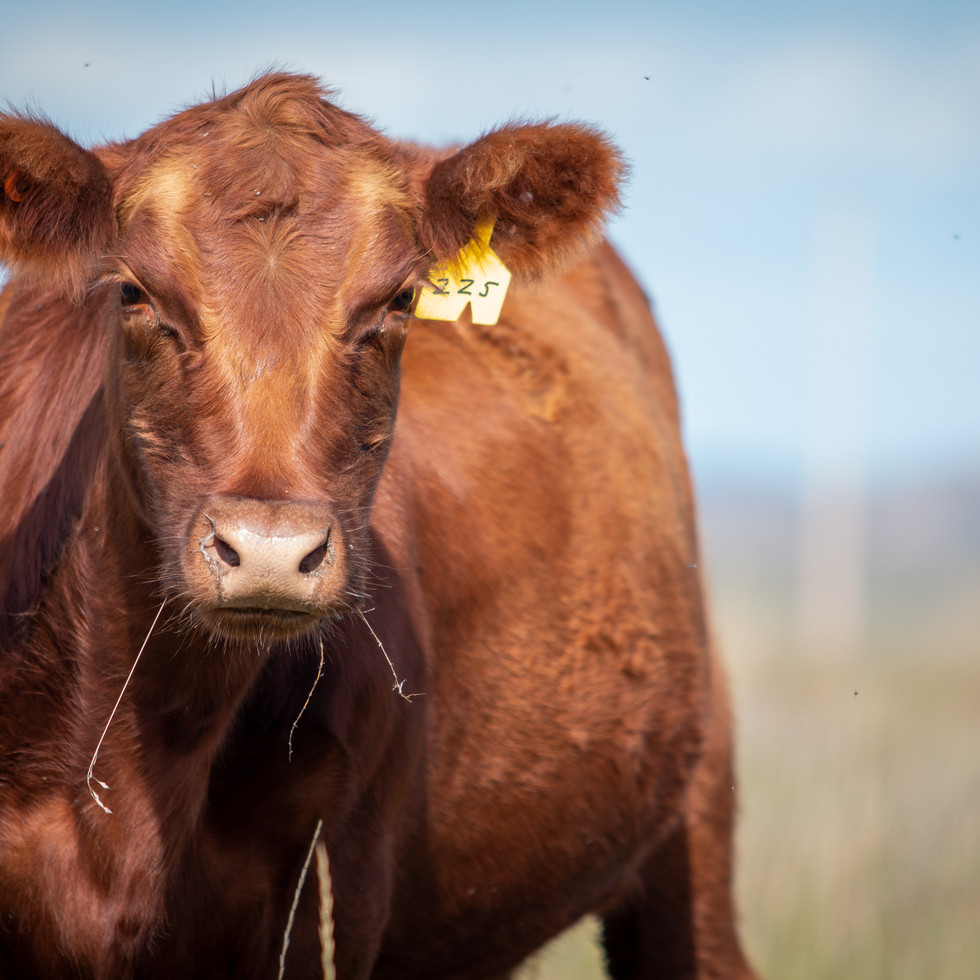
Each heifer is unique, but the moment of triumph often sounds about the same.
She spins around, nuzzles the wet calf, and lets out a low murmur with a lick.
“That might be the best sound in the world,” Greg Haydal says with a smile. “You can just tell by the tone; you know it when she gets it.”
The eastern Montana rancher has heard that murmur of maternal recognition thousands of times over the years. Still, when a new mamma gets it right the first time it’s almost gospel-like good news.
“There’s no playbook, no exact manual for calving heifers. You have to take each one on as an individual,” Haydal says, navigating his flatbed pickup south of Miles City, Montana, to the Mizpah Road. Down gravel and rutted two-tracks, this group of coming three-year-olds have just weaned their first calves here on the short grass prairie. There’s another group of heifers on the Tongue River, a herd north of Broadus, and their home place east of Miles City. This completes a 100-some-mile loop of about 25,000 acres of deeded and leased land, scattered across the broken hills.
“You can darn sure wear a pickup out around here,” he smiles and taps a finger on the steering wheel, rumbling over sharp gravel.
But the expanse can also help mitigate risk. A dry year in Miles City may be offset by a heavier hay crop in Broadus. They’ve built flexibility and resilience in what they run, too. Between Haydal and his business partner, Butch Sweet, they have the home-raised herd of about 350 Red Angus cows – the “gut herd” – and 500-some purchased heifers – the “speculation herd.” They calve the heifers in the spring, sort and group the offspring into five or six uniform marketing group loads, then sell the heifers as coming three-year-olds.
“Everybody wants young cows, but nobody wants to calve heifers,” Haydal says. “We just found this niche market where we’re basically selling our labor.” ...
Published in the February 2020 edition of the American Red Angus Magazine.

















Comments